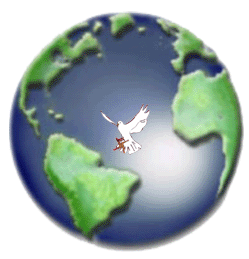Houses: It seems that the Bronze Age Irish lived in houses that were rectangular or circular houses made from timber beams with wattle-and-daub walls and thatched roofs made from reeds
The circular houses would have been from 4 to 7 metres (13 to 23 feet) in diameter and supported by a central post. Some other houses may have been constructed from sods of earth placed within a wooden frame.
Many houses would have had a circular wooden fence making an enclosure in front of the house. There was sometimes a circular ditch around the whole property which was both
defensive and kept animals in.
Cooking: If you look carefully and in just the right places, you may see a horse-shoe shaped mound in an otherwise flat field. If so, there is a good chance that you are looking at a Bronze Age cooking place (fulacht fian in the Irish language).
A wood-lined trough was dug in the ground and filled with water. Beside the trough, a fire was lit and stones heated in the fire. These stones were then thrown into the water. Once it was hot enough, meat could be boiled in the water. The broken, used stones were hurled off to one side and formed, over the course of some years, the distinctive horseshow mound. These fulacht fian are very common in Ireland, particularly in the south-west.
Experiments have shown that the water can be brought to the boil in 30 minutes by this method, and a 4.5kg leg of mutton was successfully cooked in just under 4 hours. It also seems to suggest that this method was also used to heat water for washing.
Language: We cannot know what language that the Bronze Age people of Ireland spoke. When the Celts arrived in Ireland at the end of the Bronze Age, they brought a central European language with them. That language must have been heavily mixed with the native language or languages of Ireland. It was these Celtic languages that would be the origins of the modern Irish language. While Bronze Age language would not be understood by an Irish speaker of today, it may well be one of its distant roots.
Agriculture: Agriculture continued much as it did in the Neolithic period, buton a much larger scale. More lowland forests were cleared to make farmland which was used for grazing or for growing cereal crops. With the climate downturn in the Bronze Age, getting a living from the land may have been harder than in the Neolithic period. However, the use of metal tools probably made up for any disadvantage.
War: As the population grew, the average Bronze Age farmer is likely to have traded with nearby farming communities. However, population pressures may also have sparked off wars between communities. Bronze weapons are the first that seem to have been designed with humans in mind.
Society: Most of what we know about Bronze Age society in Ireland is guess work. There were less kings and chieftans than in the stone age and more people had wealth but there were still many very wealthy and powerful kings about. |

![]()
![]()









